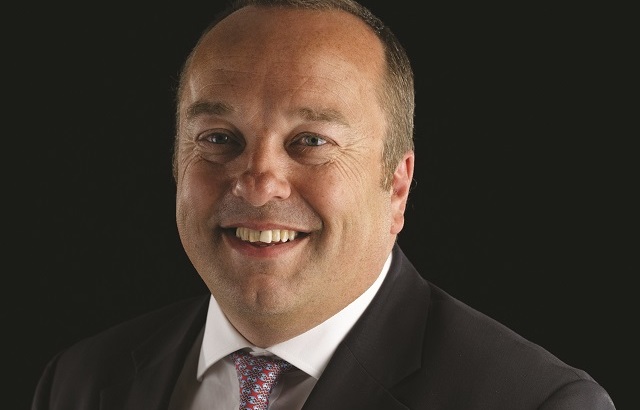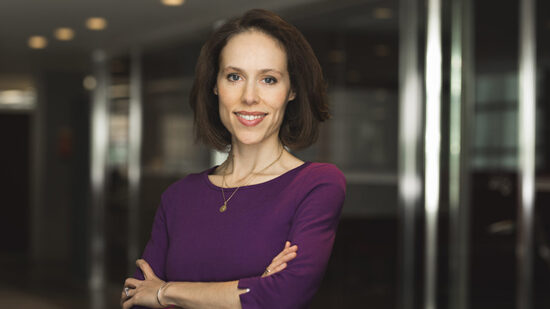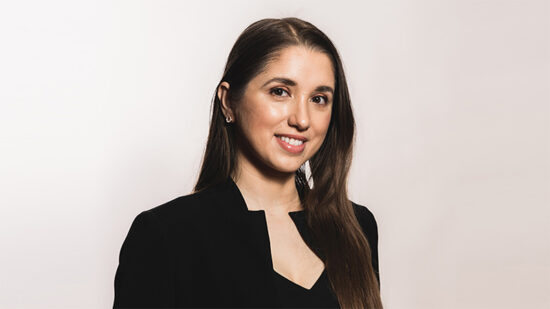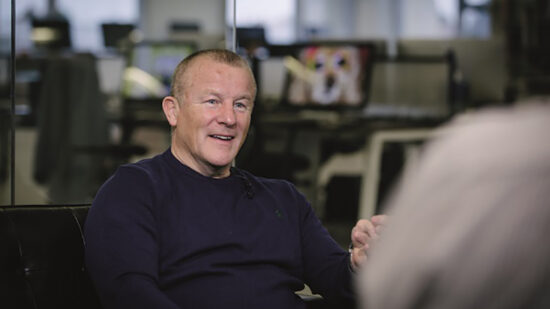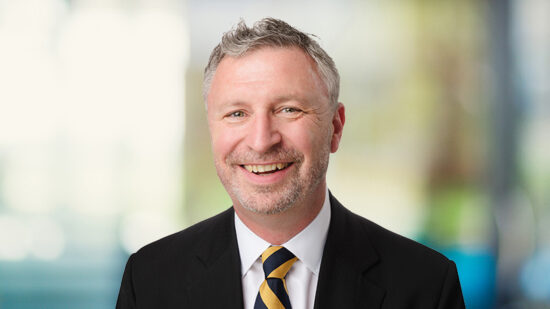The shadow of a possible Brexit on 23 June looms over many asset allocators, who are adopting various strategies to mitigate the volatility if an exit from the European Union does happen.
In the case of David Coombs, the seasoned lead manager at Rathbone Multi-Asset Portfolios, he made changes to his investment strategy in June last year.
“I felt Brexit was a risk once we had the general election. We added US treasuries, for example, and towards the end of the year we increased exposure to global large and mega-cap earners. We have very little exposure to domestic UK companies; BT, ITV and Next are the only three we hold.”
Coombs says that if by 20 June he feels the odds are stacked in favour of remaining in the EU, he will adjust his currency positions.
“At the moment, it suits me to have a lot of non-sterling currency in the portfolios,” he says. “I think we’ll ‘remain’, but there are so many ‘don’t knows’ at the moment. I do worry there are quite a lot of shy Brexiters who are reticent to say they want to leave because they will be seen as little Englanders.”
He has not done any number-crunching on a Brexit scenario because it has never happened, though from a currency perspective he has referenced the European exchange rate mechanism crisis in 1992.
“In theory, this could happen again. Other than that, it is very, very difficult. All we do is always check where our revenues are in the portfolio and make sure we are not overly exposed to the UK; our European content is largely Scandinavian and Swiss. We think the contagion effect of Brexit into the eurozone is quite high as well,” he says.
Wealth of experience
Coombs’ career has involved running multi-currency, multi-asset portfolios over many years, working at Hambros and Barings before joining Rathbone to launch a series of Jersey-based funds. Three of these funds are about to be launched in a Luxembourg Sicav, namely Total Returns, Strategic Growth and Enhanced Growth.
“There is inflation, plus objective for the growth funds and cash plus for the low-risk fund, and then the really important point is that we have a return target and a risk target. It stops me from taking too much risk to chase returns because I’m constantly aware that I’ve got to hit my risk target as well.”
He says liquidity risk is the most important to keep under control, because if it is not possible to trade then the price moves more, creating volatility, bigger drawdowns and correlations changes.
Liquidity requirements
“My parents are in the Strategic Growth Fund and I think about what their liquidity requirements are. So I am trying to think about underlying investors and mapping liquidity, and what that also ensures is that the volatility of my funds is lower.”
He breaks asset classes in the three distinct groups, one of which he highlights as “liquid but not necessarily low volatility”, including long-dated and index-linked gilts and long-dated US treasuries.

“What they will have is low correlation to equities but, importantly, they are highly liquid. I have got a lot of liquidity in my funds.”
So could these investments withstand an event such as the collapse of Lehmans in 2008? “Yes, that’s exactly it. On the morning after Lehmans went bust, they would all be tradable; they’ve probably gone up so they are negatively correlated to a stress risk.”
The next bucket, the biggest position in the Strategic Growth Fund, is labelled “equity risk”, which includes everything from corporate bonds below AA-rated, emerging debt, property Reits, commodities such as copper, and currencies like the Australian dollar. Coombs says that a lot of multi-asset funds have got diversification of returns but not diversification of risk.
The final bucket covers what he calls diversifiers, which are not liquid and can be highly volatile. “I don’t care how volatile the investment is, but I do care about volatility on my fund. This is about correlation.”
For example, he says he owns a CTA, or managed futures strategy, which has a higher risk and higher volatility than the equity market, but it is negatively correlated.
Gold also sits in this bucket, along with long/short funds, which are market-neutral, and infrastructure, though he does not hold any infrastructure currently.
Long-term views are established through quarterly asset allocation committee meetings, while there are also weekly portfolio construction meetings with the team.


